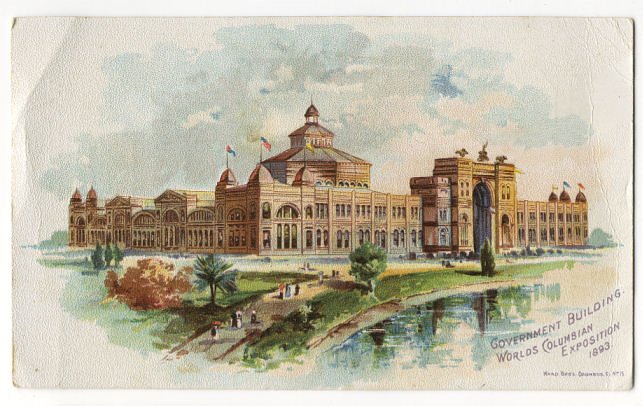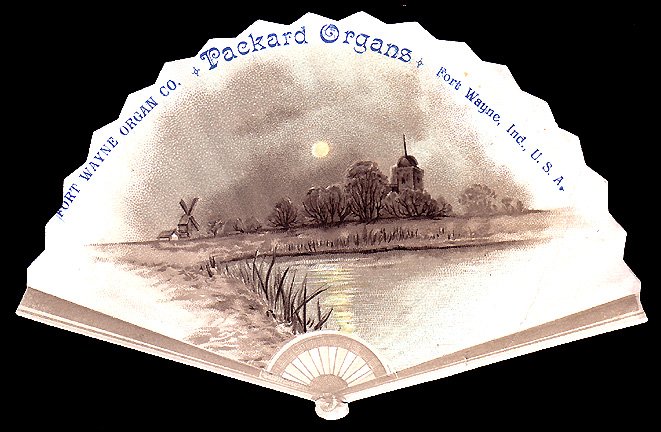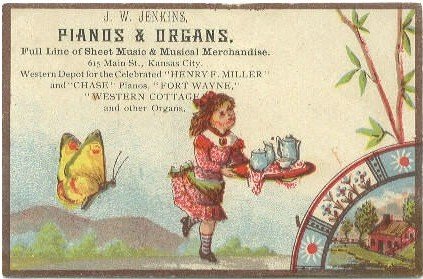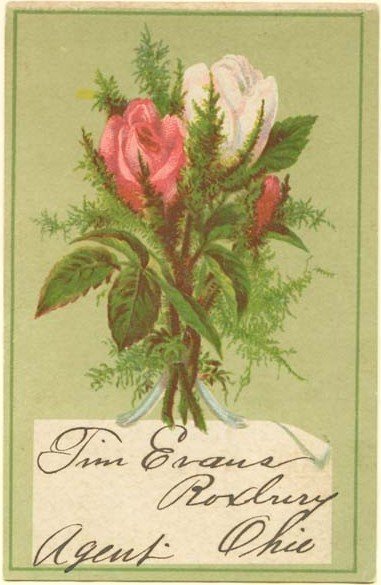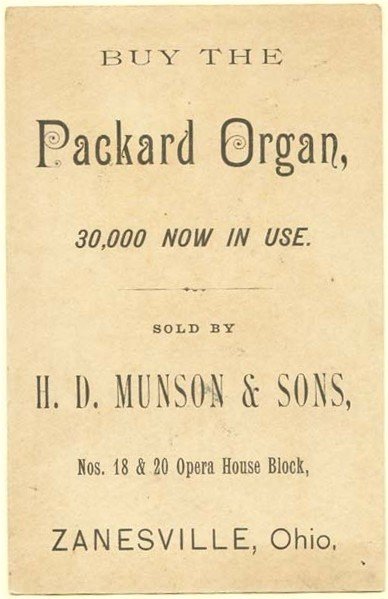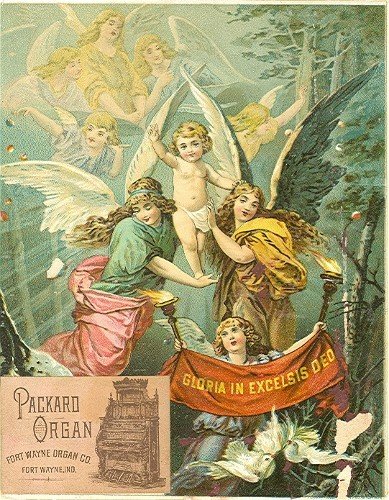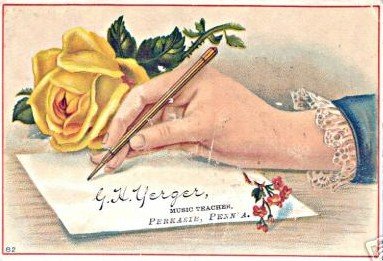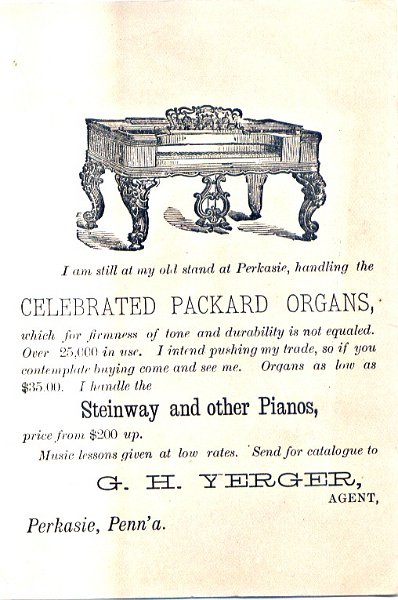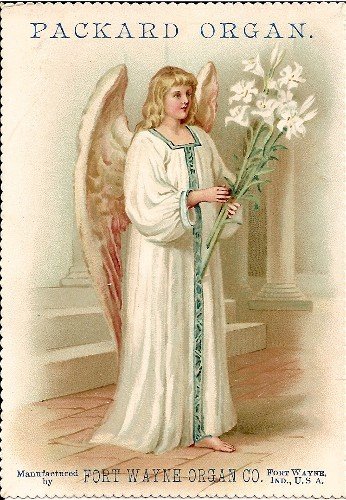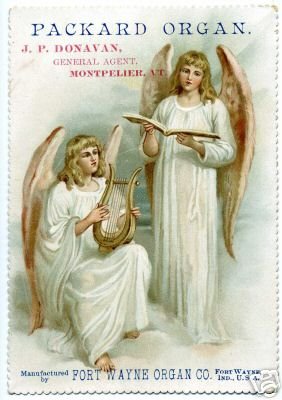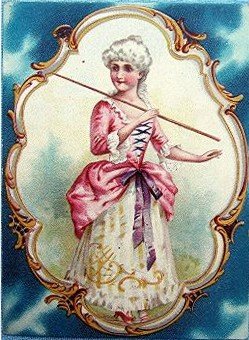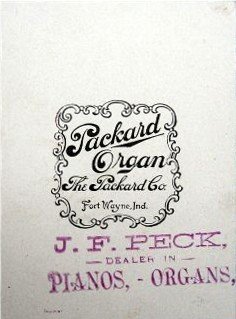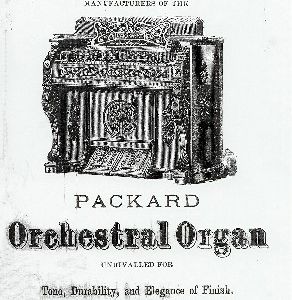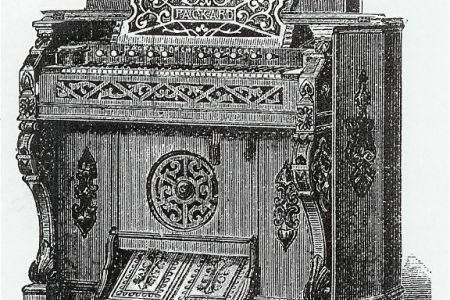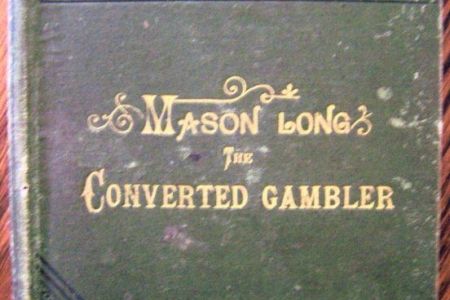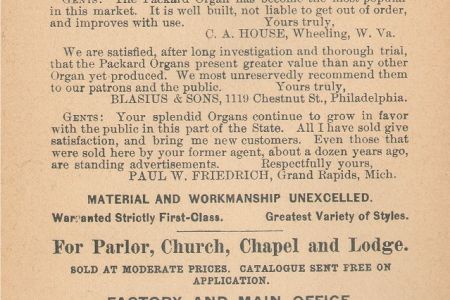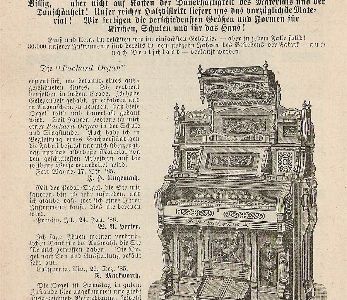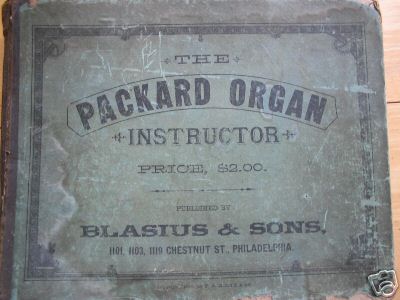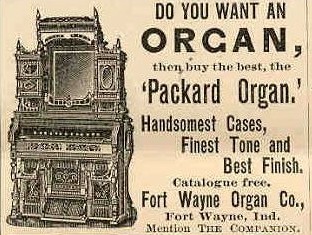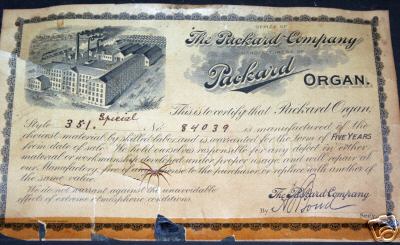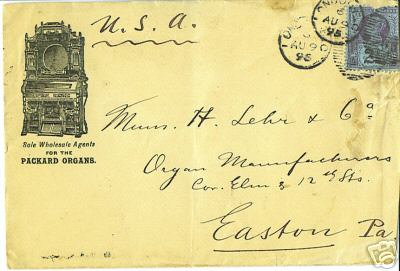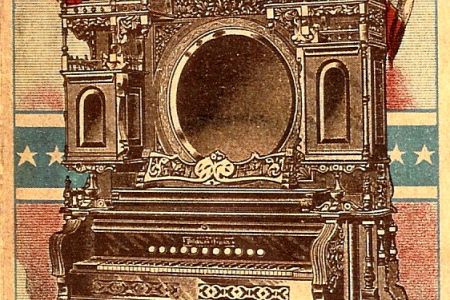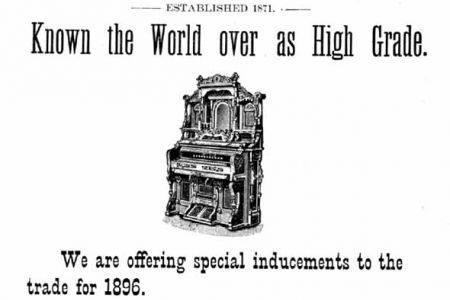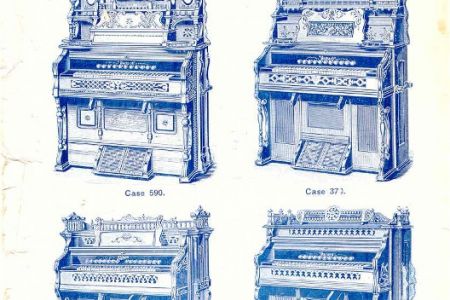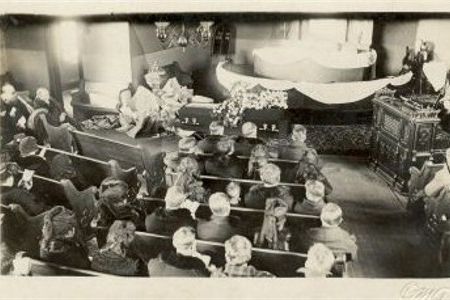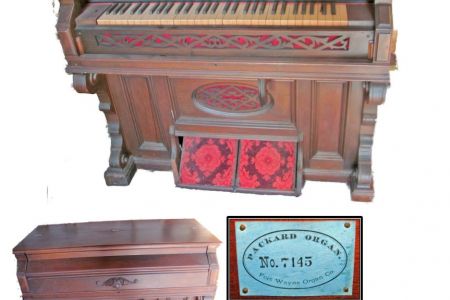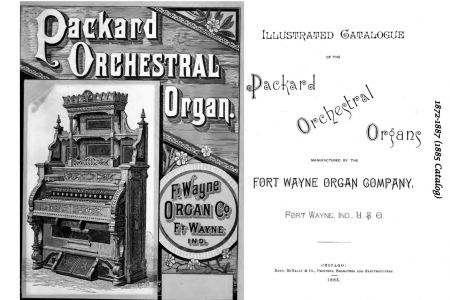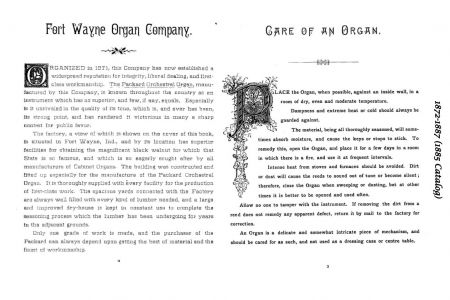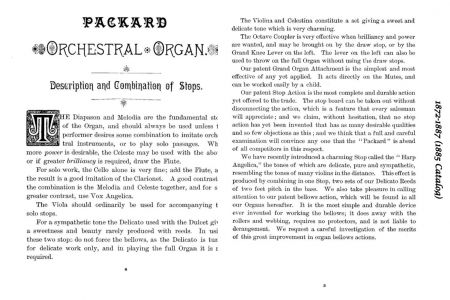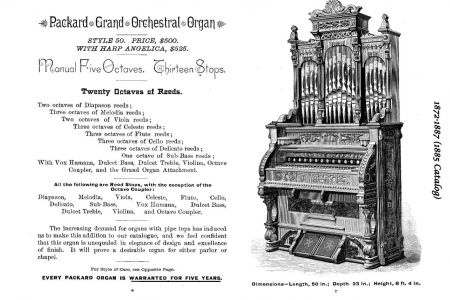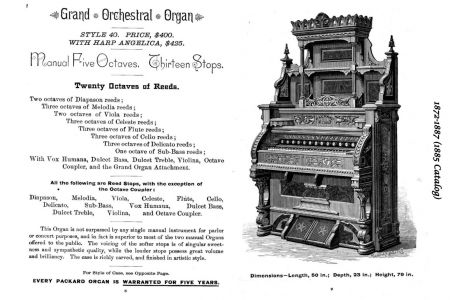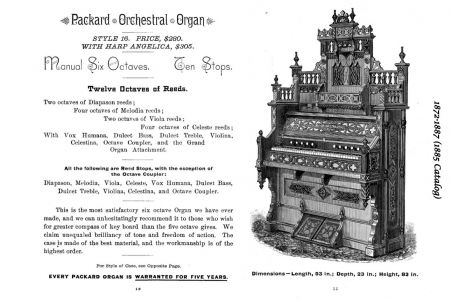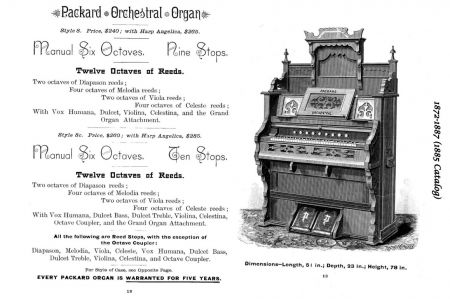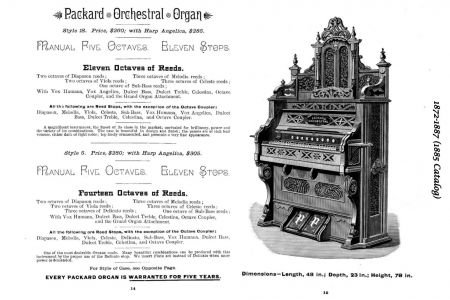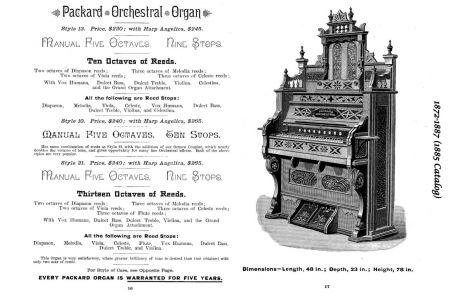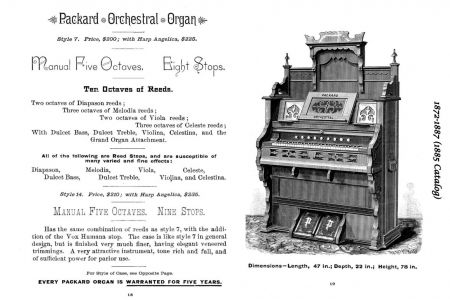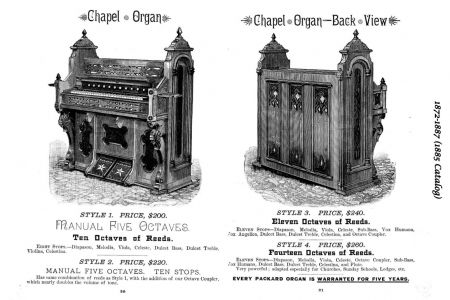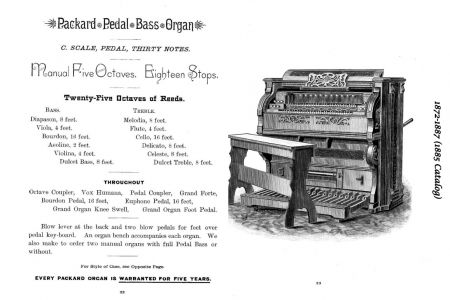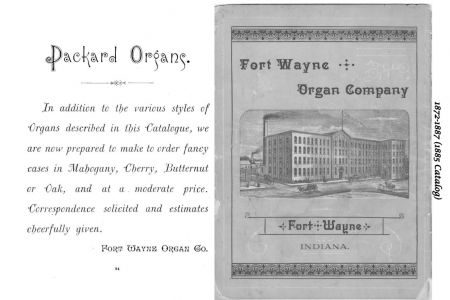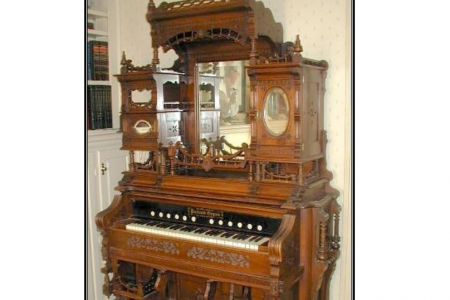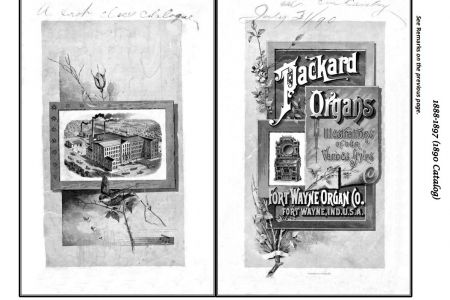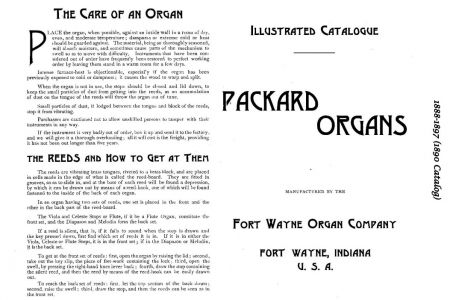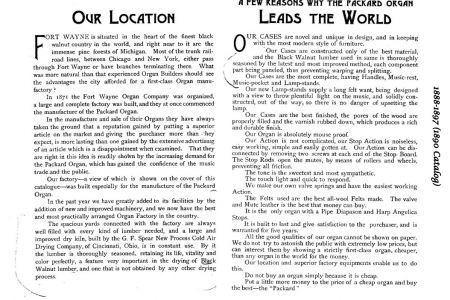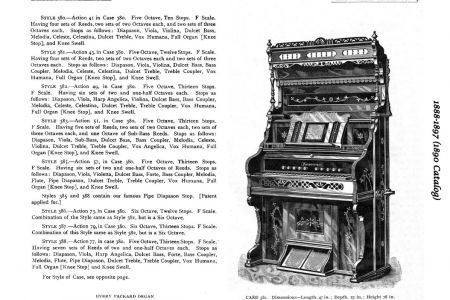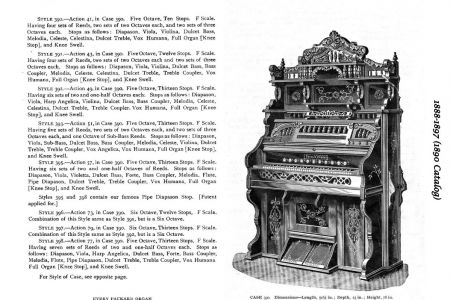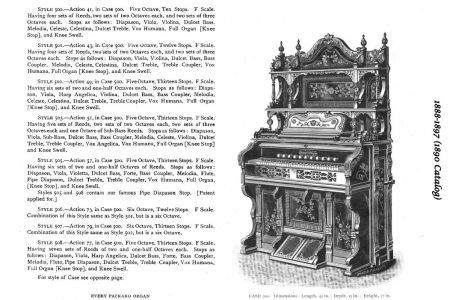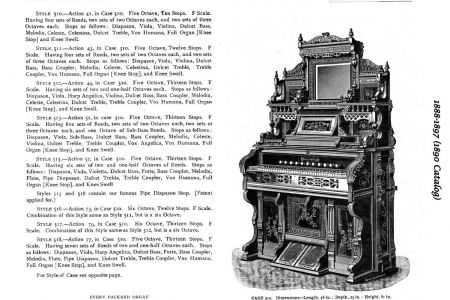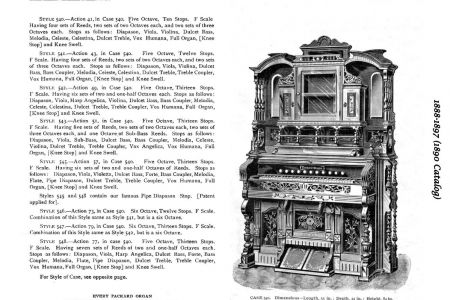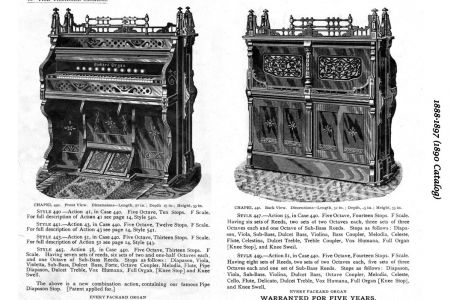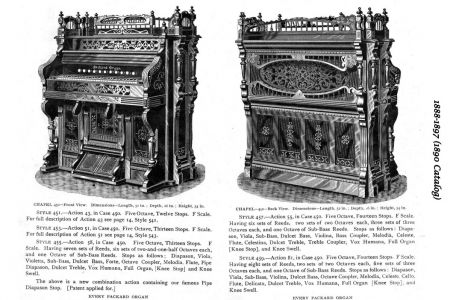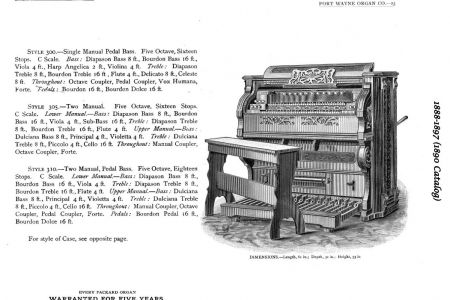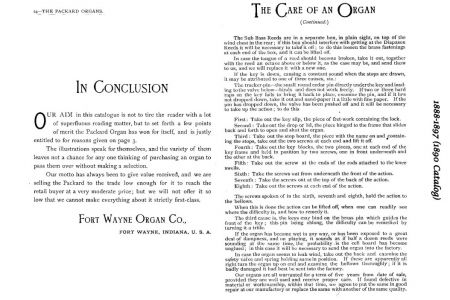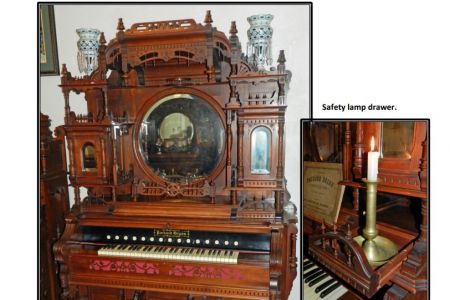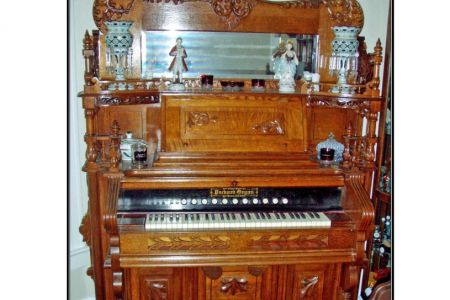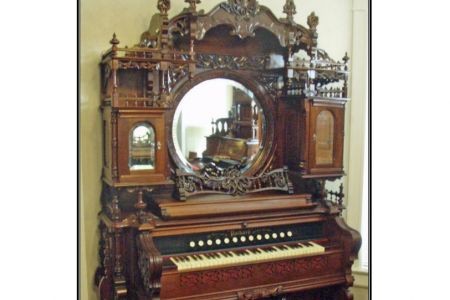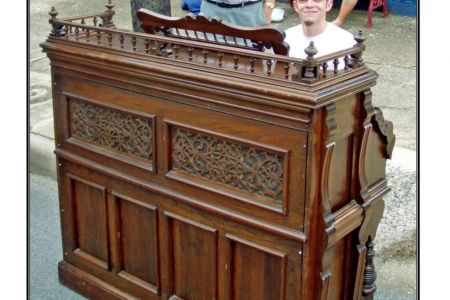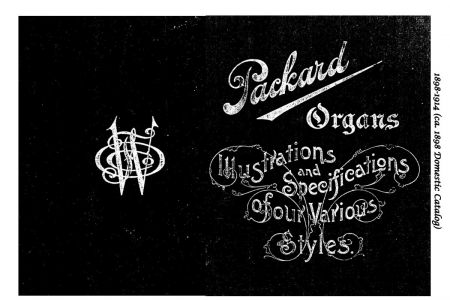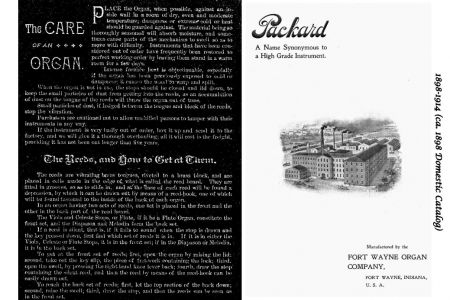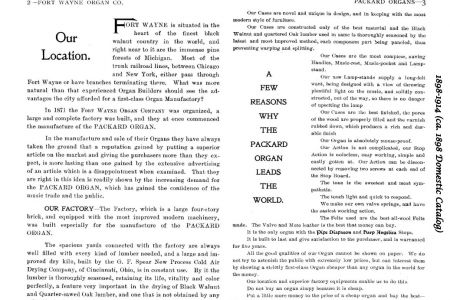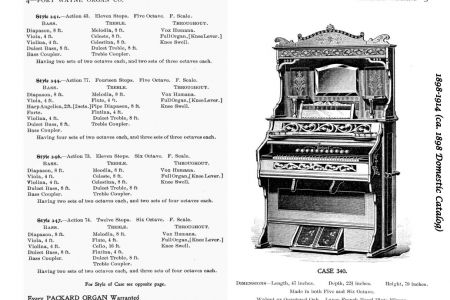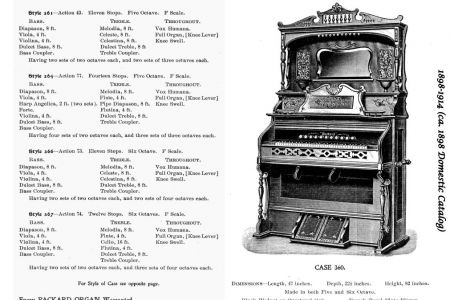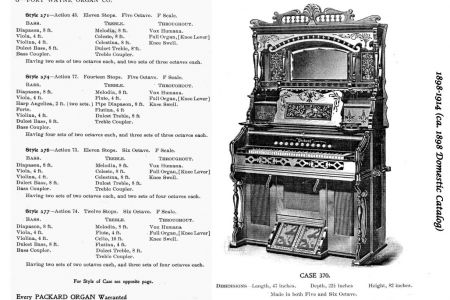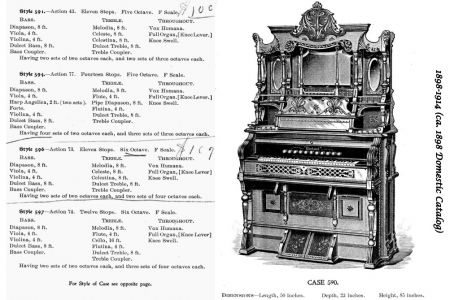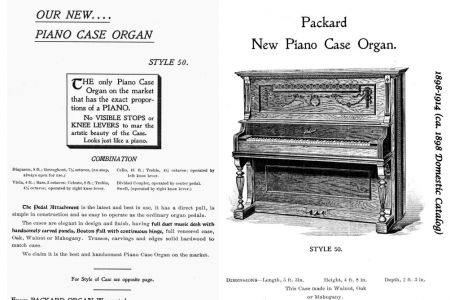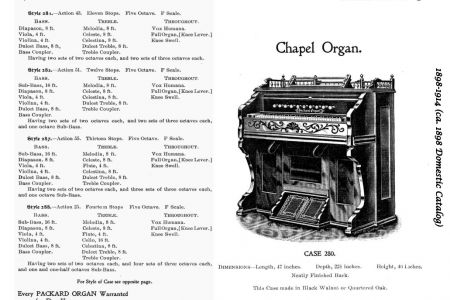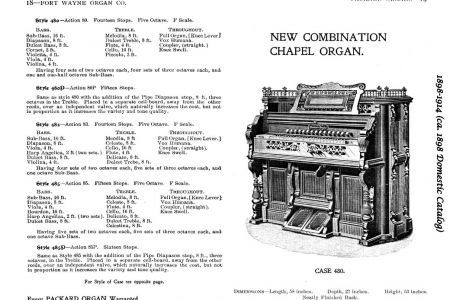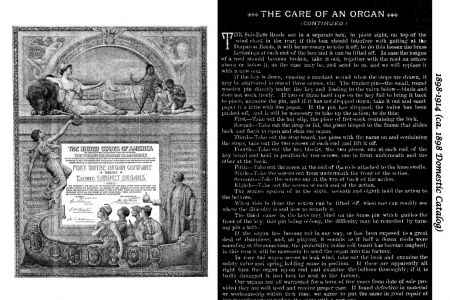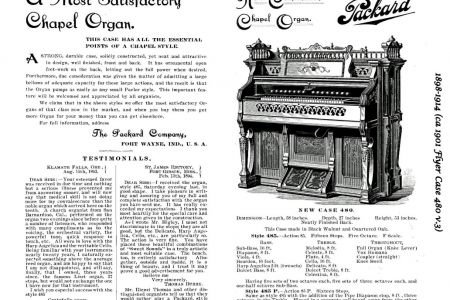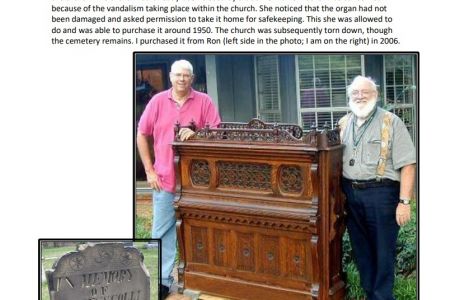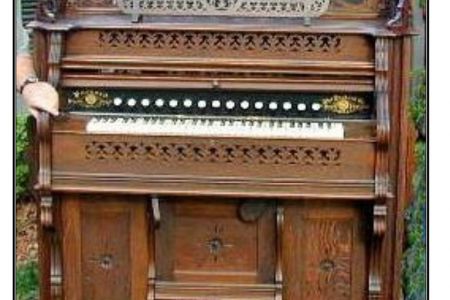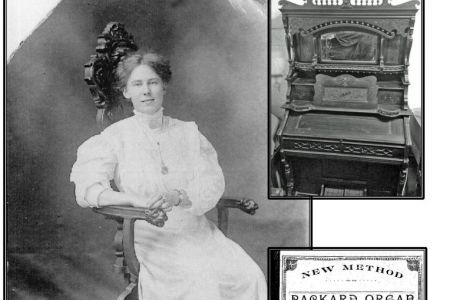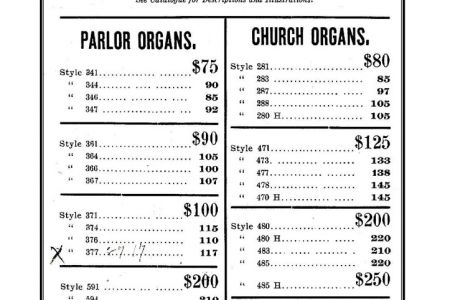Organs
Determining Value
Determining the value of an organ is a very difficult task indeed. I have seen extraordinarily beautiful organs in excellent condition fail to sell and the owners simply gave them away. I have also seen organs that I would not bother to bring home sell for several hundreds of dollars.
In general, however, organs are much more plentiful and their availability far exceeds any demand for them. The result is that the price of organs is very much controlled by supply and demand. Occasionally an unusually nice organ that someone just falls in love with and has to have may demand a premium price. But for the typical person who might be in the market for a pump organ, there are many fine examples available at little or no cost.
Having watched eBay, Craigslist, and Facebook Market Place for a number of years. I have seen organs priced all the way from $25 into the thousands. However, it is rare indeed that an organ sells! (Without question in my opinion, the greatest value of an organ today is as a family heirloom.)
I believe Packard made a better quality organ than many of the examples of other makes still in existence today. Certainly during the Victorian Age of production, they made elaborate cases that were far above the average. However, any organ will tend to have a better chance of selling if in good condition and complete.
The sad truth is that organs are just a very difficult sell in today's market. I wish this were not the case as I think the workmanship in many instances is extraordinary and certainly these instruments are an important part of our heritage that is well worth preserving.
For additional information on points to consider when determining the value of an organ, I would highly recommend that the reader visit the Reed Organ Society Website and click on the "Value" tab.
Trade Cards
Catalogs
In the beginning, catalogs were small flyers primarily listing descriptions of the various organs available. The earliest such catalog I have located was printed ca. October 1872 during the early months of the company’s production.
As the options available both in cabinet design and actions became more numerous, catalogs also increased in size and complexity. The earliest catalog I have found which shows catalog case illustrations is a small color catalog from the early 1880s. From this point on, the size of the catalogs expanded and the information provided increased.
By at least 1898, Packard issued separate catalogs for the domestic market and the export market. The domestic market featured fewer case options, fewer large actions, and emphasized six octave organs. The export catalogs contained additional case designs of a smaller nature, more large action choices, and no six octave organs were offered. I suspect this had to do with the cost of shipping overseas though it may have had more to do with the interest of the market they were selling to.
One interesting observation is that the introductory information dealing with location, quality of the product, and how to care for their organs rapidly evolved into a consistent message by the late 1880s. It remained basically unchanged until the end of organ production. The principal exception was when the company first marketed the Humanola organ action. The ca. 1903 Humanola Catalog provided detailed explanations and diagrams of how the design worked. It was, in fact, a Seybold patent for which they paid royalties. However, the Humanola section was soon revised with the diagrams being dropped. The Humanola option now replaced what had previously been known as the Pipe Diapason in earlier catalogs.
Perhaps as a cost saving measure, dates and prices were no longer part of the catalogs after 1885. This allowed the company to continue to print the same catalog when changes were few and far between. Price sheets were provided separately but were still undated in the example I have seen.
A few select catalogs and organ photos are divided into three time periods: 1872-1887; 1888-1897; and 1898-1913. It should be emphasized that many dates are arbitrary and examples of case designs may appear in more than one time period.
For complete information on the company and its instruments, click on the Packard Books tab.


